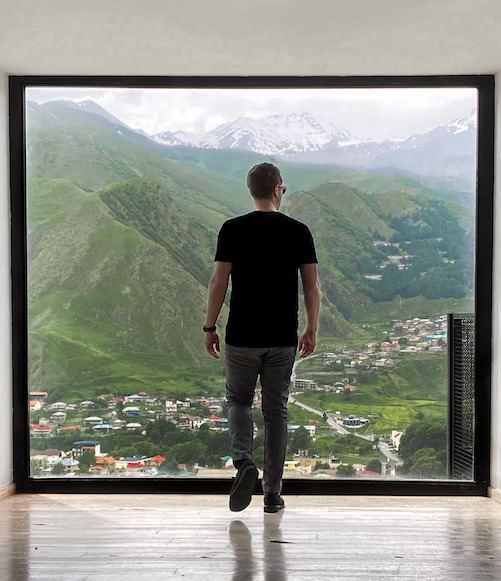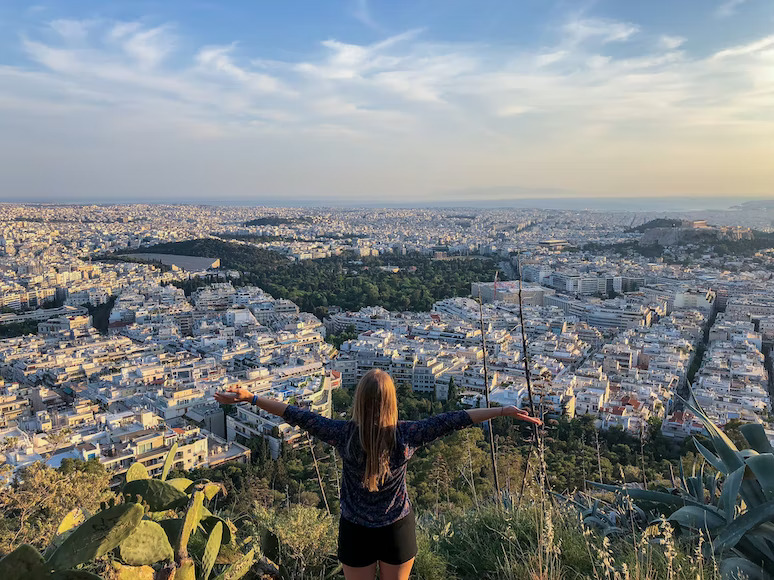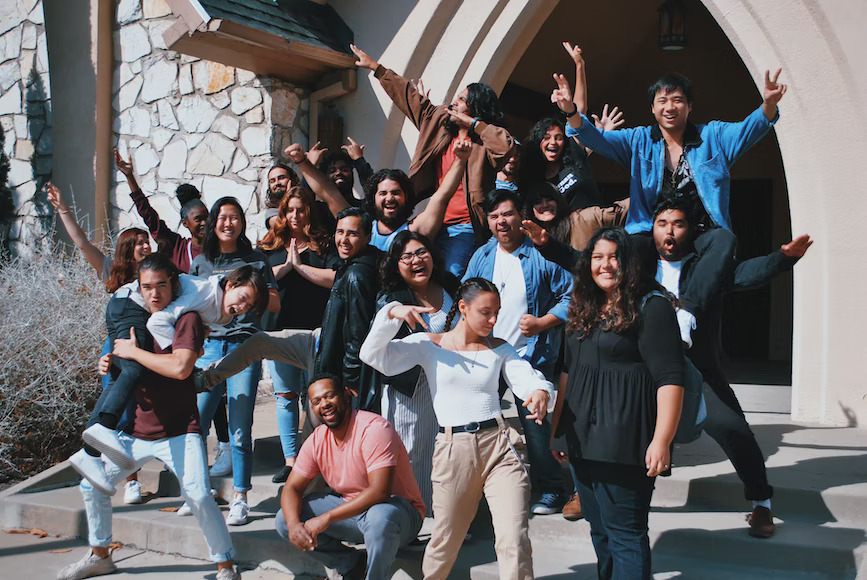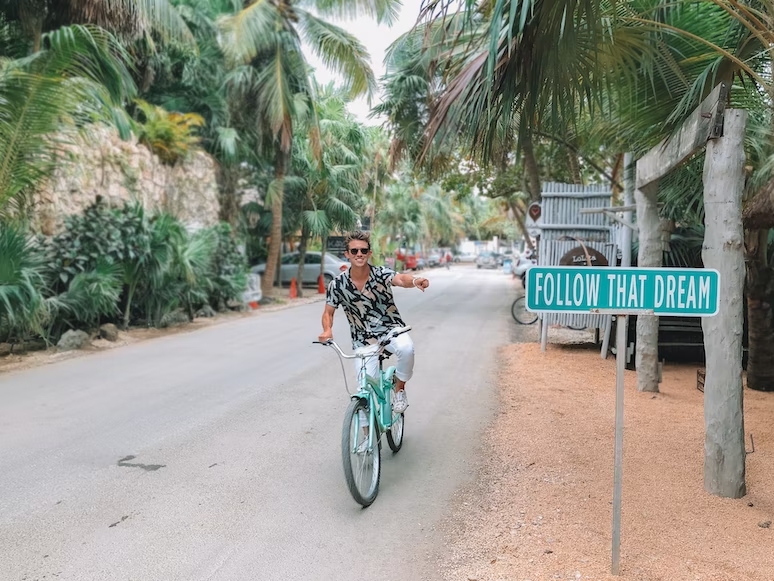With a digital nomad community of millions that only is growing, more destinations and hospitality brands are jumping on the opportunity to market themselves as remote-working must-tries.
Wondering how to attract digital nomads and remote workers to your destination?
Let’s dive in.
How Destinations Can Benefit From Attracting Digital Nomads
Before we look at how, here are a few of the many reasons why destinations should consider investing in attracting digital nomads.
- People staying longer will benefit the local economy. It will also help distribute visitors throughout the year, even outside of your high seasons
- Many digital nomads look for interesting places to work and explore. They often like to support local businesses and are willing to pay for quality experiences.
- Attracting talents from all over the world and connecting them to your local community is a great way to boost innovation and development at your destination. It can also help to improve services and facilities that might be lacking.
- Since digital nomads work and often stay longer than a tourist, they will usually be interested in living more like a local and creating meaningful connections. Many are experienced, responsible travelers and care about sustainability, etc.
- If the nomads who come over end up falling for your destination, they might even end up investing there. In property, businesses, etc. Some might also decide to stay long-term.
You might also like: 7 Fascinating Ways Remote Work Transforms The Way We Live
The digital nomad community is more diverse than you think
The location-independent community is big and consists of a mix of people with different preferences. Sometimes, the only thing two nomads have in common is that both travel and work. From a destination marketing perspective, this makes it both fun and challenging!
Start by defining who you’re targeting. What kind of people would be a great match with your destination?
You can for example segment based on:
- Travel style (solo travelers, families, couples, groups, teams, etc),
- Duration of stay (a few days/weeks, 1-3 months, 3+ months, etc). It’s very common to do part-time nomading. People who have a fixed base but can work remotely and do trips once in a while to change up the ambience. Here you can learn more about the differences between terms like remote workers and digital nomads – it can be confusing sometimes!
- Type of professional (entrepreneurs, people working within a certain industry)
- Income level (some are on a tight budget, while others earn extremely well)
- Interests (sports, foodies, wine lovers) and lifestyle (adventure, mindfulness, nature, etc).
No need to overcomplicate things in the beginning. This can change over time as you learn more. It’s helpful to have an idea before you kick off any initiatives and not judge everyone based on stereotypes.
This will affect how you choose to communicate, what parts of your destination you’ll put more emphasis on, and how you’ll develop and package your offers.
What digital nomads look for in a destination
Here are a few factors nomads usually care about. Again, this can change for different nomads. The best way to find out what your target group is looking for is simply to ask!
- Basic infrastructure for working travelers. Like good Wi-Fi, a comfortable space to work from, coffee shops, and co-working options. Plus for smooth payment options, such as the possibility to pay with a card in most places, even if it isn’t a dealbreaker if you can’t
- Good accommodation options suitable for longer stays that aren’t too overpriced (from a few weeks to a few months)
- A welcoming atmosphere and culture. Extra appreciated with locals who can share unique insights about the culture and history to help people get up to speed
- A community of locals and other nomads that support their values and encourages creativity. Where they can be themselves and be surrounded by like-minded people
- Events, from business meet-ups to concerts, cultural festivals, or beer nights
- Great options for food and drinks. There are many vegetarians within the community
- Good weather. While you can’t affect this one, let people know what to expect
- Safe and easy to get around
- Options for workouts, sports, and other activities
- Different places to explore both at the destination and in the areas nearby. Nomads usually stay longer than a typical tourist and will be interested in things outside of the main attractions. Whether it’s exploring the local food scene, trying different experiences, or just getting to know the culture better
- Some information in English (menus, service staff that can speak English, etc)
How much do brands and places need to adjust if they want to attract remote workers and digital nomads?
The short answer is – It depends.
It depends on the goal of the destination or brand. If you want to establish yourself as a hub for remote workers/nomads, you need to invest more to get the basics in place.
It also depends on who you’re targeting. Some people only want to go where there are established communities, while others (like myself) also are open to exploring places that aren’t known at all. I love exploring places that aren’t nomad hot spots too just to connect with the locals.
Other people prefer going to places with a big nomad community, lots of information, and an international vibe.
Not every place needs to change and become the same, and being a hub doesn’t always need to be the goal.
It’s also our responsibility to adjust to the places we go. Not expecting everything to be all set, we’re the visitors after all.
Some places or brands might not match what we’re looking for, and then we can always choose to go somewhere else ?
More than changing your essence completely, it’s so much about expectation management.
As more people start to come over, you should either way always have a plan in place for management to ensure the growth is sustainable for the place and local community.
With that said, let’s look at some tips that can be helpful to make your place more appealing to remote workers and digital nomads
How to Make Your Destination Appealing To Digital Nomads and Remote Workers
Once you’ve defined your goals and what type of digital nomads and remote workers you would like to attract, it’s time to tailor your strategy and marketing accordingly.
A few tips:
- Make sure your destination is accessible and has the basic infrastructure for digital nomads.
- Showcase what makes your destination unique. Why should a digital nomad / remote worker choose your location? Who is it for and what are the benefits of being based there?
- Collaborate with other complementary countries and regions to make your offer even more attractive to nomads. Promoting different areas and showing why it’s worth coming throughout the year will help distribute the community, avoid beautiful places becoming overrun, and increase the number of stays “off-season”.
- Make it easy for digital nomads and remote workers to get up to speed on things, and provide them with the information they need in order to make informed decisions. Some countries have established communities and support specifically for digital nomads.
- To make things easier it would be helpful with a guide upon arrival that covers everything from the practical details (such as where to get a sim card, how to move around, where to exercise, rent a car, places good to work from, etc) to places to visit (a mix of main attractions and hidden gems), and how to meet the local community (where to go out, an overview of events – from live music and sports clubs to business networking, etc).
- Time for marketing! Only your imagination sets the limit. Social media, travel forums, targeted ads, events, and collaborations with nomads, locals, influencers, and media are a few examples.
- Consider offering special deals and incentives for longer stays. This could cover discounted rates on accommodations, car rental, workspace, activities and experiences.
- As more people come over, engage with them, create vibrant communities where locals and nomads mix. Be open to feedback and embrace continuous learning.
- Over time, it would also be helpful with a visa for digital nomads to make it easier for people who want to stay longer. Even if not all nomads will need it (most will likely stay shorter than that), it’s a great promotion tool since it communicates to the world that you’re welcoming the community.
Create a sustainable strategy that benefits locals and nomads
It will be key to have a plan in place for how to grow in a sustainable way. This covers everything from ensuring you’ve got the basic infrastructure in place (like good wifi, accommodation, and comfortable places to work from), to how to connect nomads with the local community, educating locals on the positive impact nomads can have on society, collaborations with local businesses to support the economy, and media to get the word out there.
It’s great to attract talent from all over the place but without a long-term perspective, similar challenges as with mass immigration and mass tourism arise. Where should people live, how to get up to speed on the culture, and how to exchange ideas and knowledge in the best way?
Sustainability, community development, and initiatives that support both locals and “new” temporary locals are key. ? If you follow these tips, you’re off to a great start!
Are you focusing on attracting digital nomads and remote workers at the moment? Questions or input? Let me know in the comments, or learn more about how I can help with this.



 Photo credit:
Photo credit:  Photo credit:
Photo credit:  Photo credit:
Photo credit:  Photo credit:
Photo credit:  Photo credit:
Photo credit:  Photo credit:
Photo credit:  Photo credit:
Photo credit: 



0 comentarios